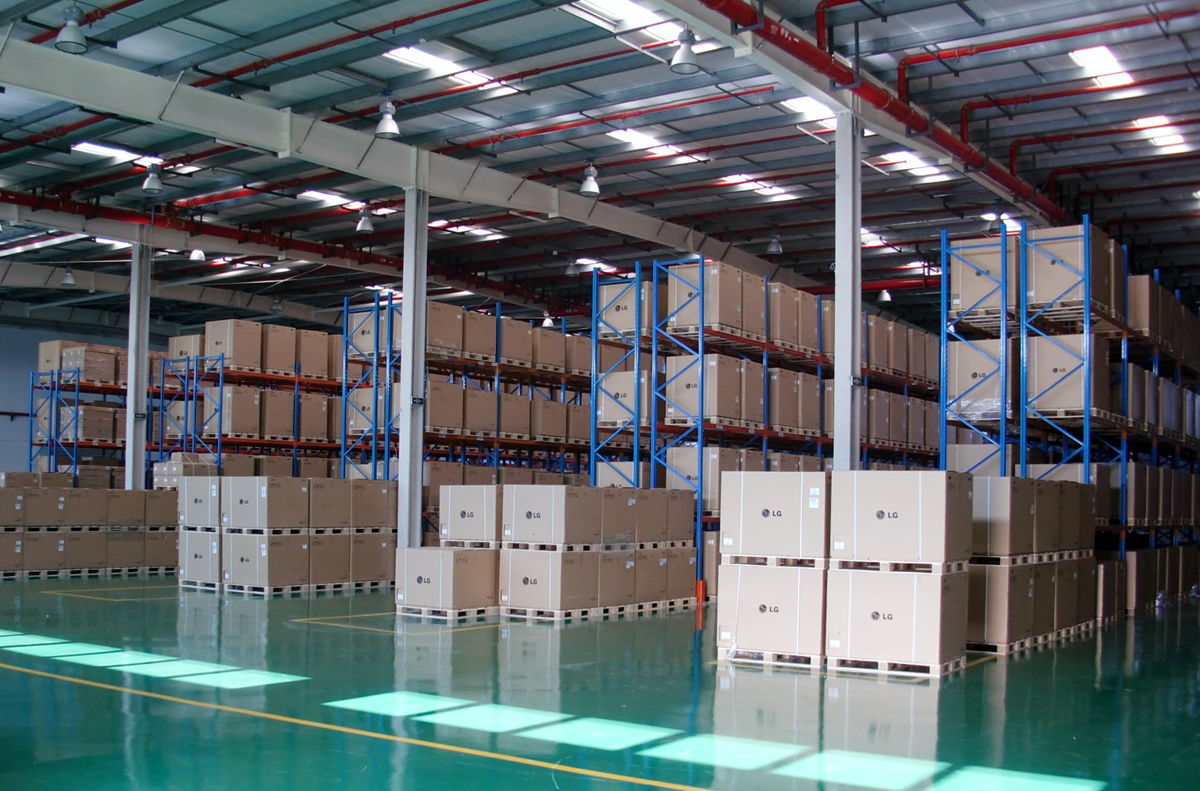Software has long assisted distributors in making their businesses run right. Today, though, modern enterprise resource planning (ERP) solutions give you new ways to cut costs and shorten that all-important cash cycle.
Why distribution companies need an ERP?
ERP applications for distribution companies come in many varieties.
Some are stand-alone solutions that run on your PCs. Others work as plug-ins for your CRM-system or e-commerce system. And still others are hosted by the vendor. The first option, PC-based ERP, gives you the broadest range of features and full flexibility in customizing your system to your specific needs. The hosted option, however, frees your IT team to spend its time and money on maintaining that system.
In either case, ERP for distribution companies allows you to start with the here and now and then progressively add features that fit your upcoming business needs. Using an ERP system is both an investing tool and a planning tool. In an economy where multi-tasking is increasingly important, an ERP system can help you to identify the most efficient way to make your important investments.
Beyond the tangible value of spending your dollars efficiently, an ERP system also helps you to spot critical areas that can improve overall productivity. You can extend the value of your ERP by using it for planning. Using ERP business intelligence can highlight the opportunities for increasing profitability or growing the business. The more often you run your numbers through your ERP the easier it becomes to spot errors. It’s surprising the number of small errors that can accumulate throughout a fiscal year that when corrected can make a big difference in your bottom line.
For distribution companies, ERP software helps to:
- Streamline and simplify billing
- Make reordering of products easier
- Reduce management time spent tracking inventory
- Provide quick access to current inventory levels and availability
- Promote better customer service
- Improve profitability across the company
- Help you accelerate performance of incoming shipments
- Automate order processing
How it works?
ERP for distribution companies works much the same way as PC-based ERP systems, only you direct much of your sales, purchasing and inventory tracking and reporting to the vendor. You are the entry point to this system, the first of the ten steps in a sale. The supplier is the two or five steps behind you and tends to handle the shipping of your stock.
If you automate those five steps, you can work more efficiently and with more focus on selling. Once a purchase order has been approved, your ERP system asks you to confirm with the vendor that they have received the order. You then receive a shipping notice. When the goods arrive, you can confirm that your products have arrived.
As you can see, the ERP system is quite manageable for the distribution company.
It’s worth noting that ERP systems are very flexible and can be adapted to meet a variety of distribution business requirements. The further back you pull the lever, the less flexibility you have in directing the system and the more risk you have of purchasing functionality and features you don’t need. But whatever you do, whether you bring the lever forward or back, ERP for distribution is an adaptable and engaging tool for improving operations across the board.
ERP for distribution is a powerful tool that will allow you to make the most of your resources. It’s also an adaptable and engaging tool that allows you to bring the lever forward or back to suit your unique requirements.
So now during the economic downturn you can be relaxed and concentrate on your business.











